How can Apple’s A16 chip in the iPhone 14 Pro upset the equation?
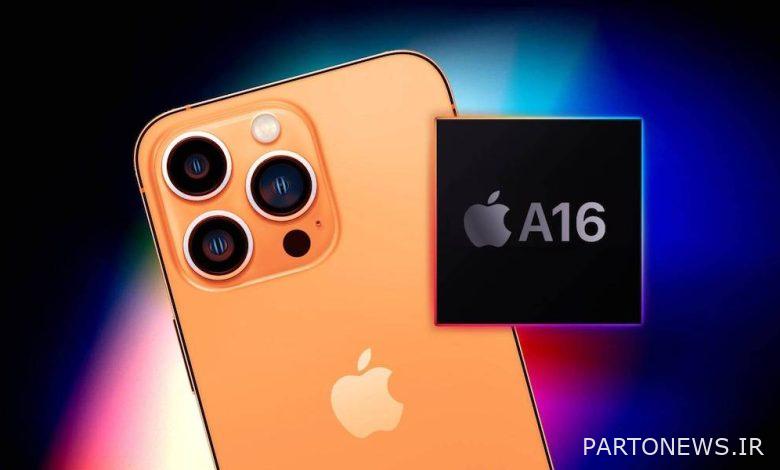
If we take a look at what we know about Apple’s modern chip production, the processes involved in the packaging of the chipsets and the optimization of the company’s previous chips, we can generally predict what the next generation of the Cupertinos’ system on a chip (SoC) will be like. In this article, we want to take a look at Apple’s next generation chip A16 to have, but we have a relatively more difficult task ahead of us.
According to the rumors, the A16 chip is not going to make a big leap in terms of lithography and only on iPhone 14 Pro And iPhone 14 Pro Max will be used. Therefore, the standard iPhone 14 models use the same A15 chip as the previous generation.
Additionally, we have to consider how Apple uses the design of its chips. In the past, the company used the old A-series chips with the X suffix for the iPad Pro, but now these chips have been enlarged and become the M-series for Mac computers. In the following article, we will try to predict the state of the A16 chip with the most information we have. However, there are more variables at play this year, and we’re likely to be in for more surprises.
Chip only for Pro models
In the past, Apple usually offered more RAM in the Pro models, but these products had the same chip as the standard models. However, in the iPhone 13 series, the situation has changed a little. iPhone 13 Pro and Pro Max not only had more RAM but also An additional GPU core got access Of course, the standard models also had the same chip, but one of their cores was disabled. This decision is a common tactic to increase the yield rate in the production of advanced chips. However, this was the first time that Apple had done such a thing on iPhone models.
Regarding the A16 chip, most informed sources say that Apple wants to release this chip only in the iPhone 14 Pro and Pro Max. Standard models of this family A15 chip They will be equipped, but they will receive a version that has 5 cores and was previously included in the iPhone 13 Pro.
The A16 chip will be a slight improvement over the previous generation, but it is unclear whether Apple will choose a different name for it. If this chip really only comes in more expensive iPhones, Cupertinos can $100 price increase justify these models mentioned in the rumors. In addition to features such as always-on screen, iPhone 14 Pro models will probably be equipped with a 48-megapixel main camera. And this camera probably needs a higher processing power.
A new production process that is old
The most credible rumor has it that the A16 is just like the A15 and A14 5 nm lithography it’s gonna be built. Of course, some rumors state that this chip may be produced with 4nm lithography, but TSMC does not have such a production line. This company of technology N4P It supports that the codename for the third generation is 5nm lithography. N4P is 11% stronger in terms of power, 22% more efficient in terms of energy consumption and 6% better in terms of density than the first generation of 5nm lithography, i.e. N5.

The A14 chip was the first Apple product to use in the N5. Then A15 comes to use Second generation N5P Gone, which had few optimizations compared to the previous generation. So it is natural that the Cupertinos will not seek significant optimizations over 5nm lithography. This development is certainly not as big a leap as TSMC’s move to 3nm lithography. This technology will probably be ready this year, but it is not expected to reach the production time of iPhone 14 Pro. Next year, Apple can increase the number of transistors by 70% with a 3nm chip.
Although the third-generation 5nm lithography is not a big improvement over the second generation, Apple’s new chip will provide users with more improvements. This company probably used 15 billion transistors in A15 18 to 20 billion transistors It goes on the A16. The bulk of this transistor increase is dedicated to the neural engine for machine learning, the video signal processor, video encoding and decoding, and some optimizations in CPU performance.
CPU performance on the A16 chip
There is no reasonable justification for upgrading the configuration of iPhone chip cores. Two powerful cores and four optimized cores are enough for a platform that almost always has only one application running in full screen and a few small background programs.
The company is probably looking to optimize the CPU cores and run them at higher speeds. In particular, you should probably wait to focus on Powerful cores be, because these cores will eventually be transferred to the design of M series chips in the world of Macs. series M3 It will probably be based on the A16 design and will simply have more cores and possibly a larger cache memory.

An informed source on Twitter, whose report cannot be verified, recently stated that A16 approx 42 percent It is faster than A15. But it seems unlikely that such progress will be possible this year. This company is probably going to use LPDDR5 memory goes and achieves more bandwidth. This development along with the maximum clock speed that increases the performance of Apple’s new mobile phone 15 percent slow down more
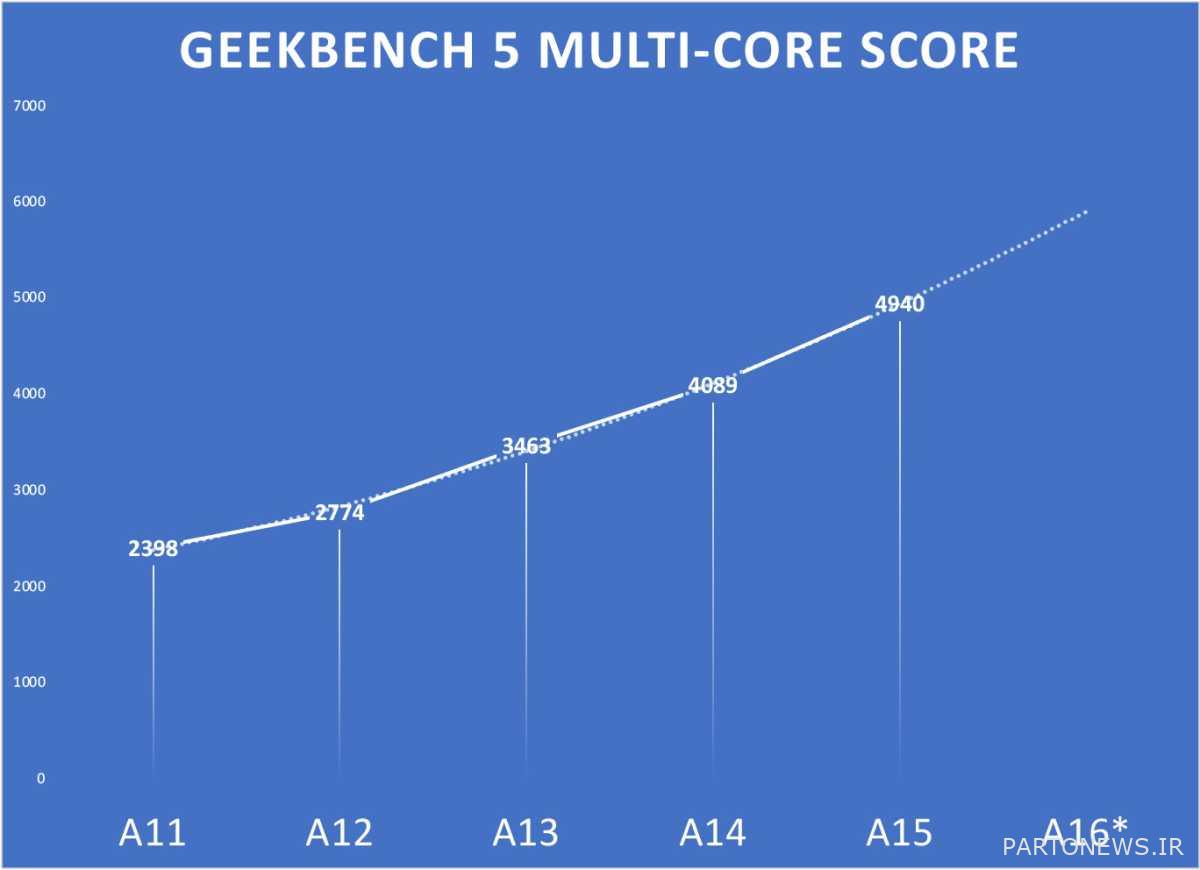
Of course, we have to talk about an exception here. When the company had a logo last year ARMv9 architecture There were rumors about whether or not Apple would become the first company to use this architecture. The ARMv9 architecture is now available in a number of cores licensed by the company, including the Cortex-A710 and Cortex-A510. This architecture will be released this year in chips such as Snapdragon 7 generation 1.
Apple does not take the design of its cores from the logo; this company Your own designs which are compatible with the logo set of instructions. The A15 supported the ARMv8.5-A instruction set, and the move to ARMv9 could have a positive effect on some specific areas of the chip’s performance.
ARM says the ARMv9 architecture is approx 30 percent Compared to the previous generation, it has improved, but considering that Apple uses its own architecture, it is not possible to say exactly how much the A16 chip will improve. We can only expect this chip to support ARMv9 and Some CPU operations do it faster
GPU performance on the A16 chip
Although the iPhone is usually far ahead of the competition in terms of GPU, Apple continues to invest heavily in GPU performance. This issue has now become more important due to the production of laptop and desktop chips with integrated graphics and the removal of dedicated graphics.
However, Apple can’t increase the number of GPU cores without making a big leap in lithography and increasing the number of transistors. Predictions suggest that the A16 chip’s GPU will be max Five or six cores have However, the improvements achieved in terms of architecture, along with upgrading the memory to the LPDDR5 model and increasing the bandwidth, can improve the performance of the GPU.
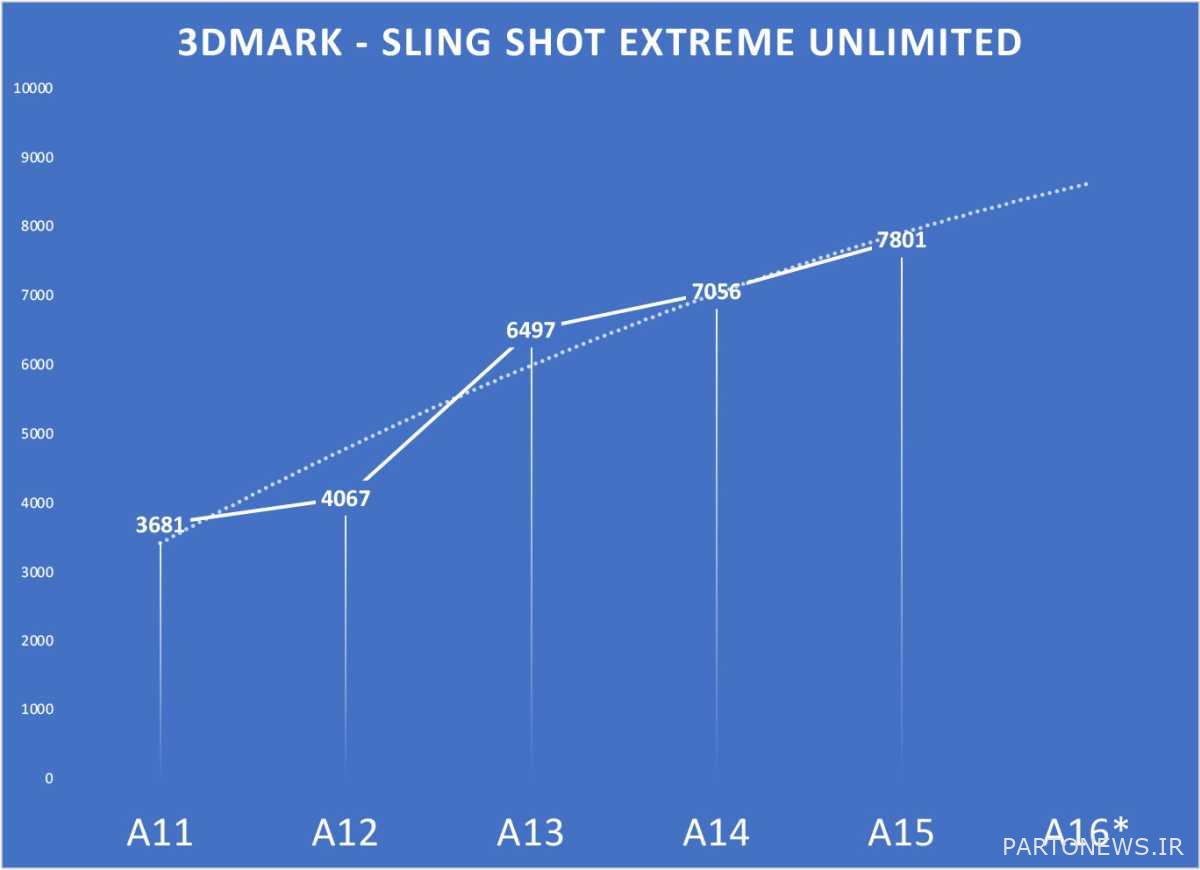
Accordingly, it seems that the increase 25-30% GPU performance To be expected and compatible with the latest A series processors. This trend of increasing power can be seen in benchmarks and tests that are currently limited by memory bandwidth.
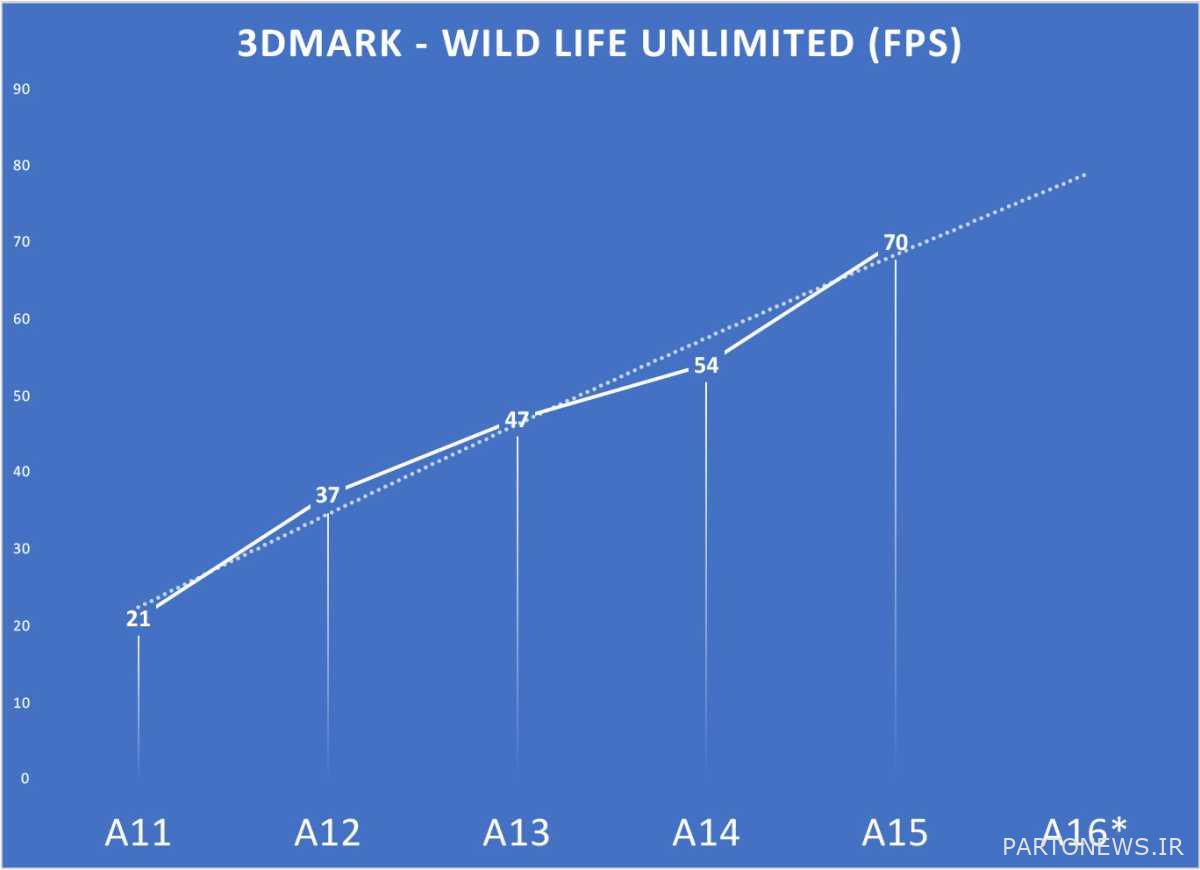
Apple probably to accelerate the functionality Ray tracing It should use hardware power in its next graphics processors. This feature has quickly become one of the standards of laptops and desktop computers, and the M series gets its design from the A series. Now, even some of the powerful chips in the mobile world from Qualcomm and ARM companies have put beam tracking in their roadmap.
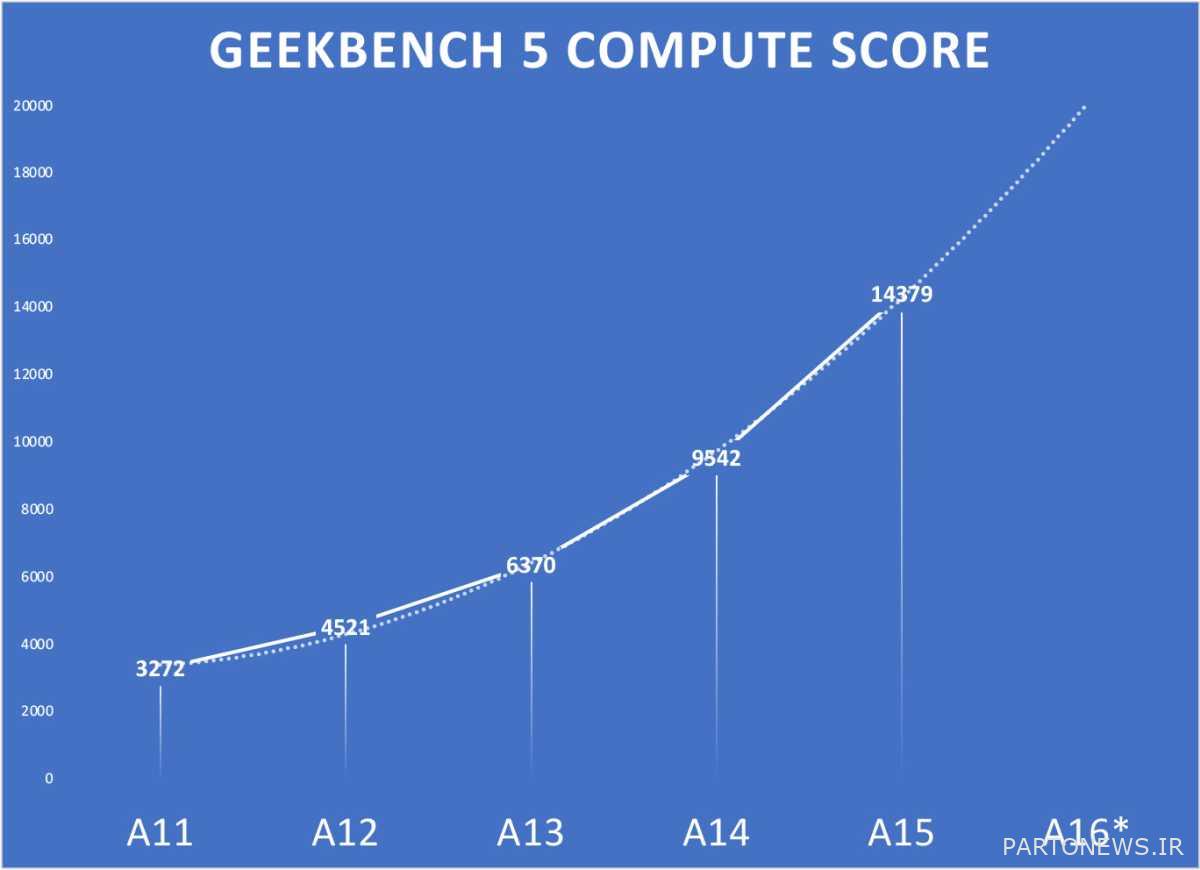
However, that is not expected to happen this year. High power acceleration for beam tracking capability requires significant enhancement is the number of transistors And it seems unlikely that the company will dedicate a large part of its chip to this feature without significantly increasing the number of transistors. The company will likely move to a 3nm process next year to support ray tracing.
Heavy investment in machine learning and visualization
One of the most frequent rumors about the iPhone 14 Pro is that it will have 48 megapixel main camera related to. In low-light conditions, the camera uses the light values of adjacent pixels to produce 12-megapixel images, but in well-lit conditions, it can produce an image whose resolution Quadruple It is the output of the camera of today’s iPhones. In this way, the possibility 8K video recordingmore powerful zoom capabilities, etc. are also provided.
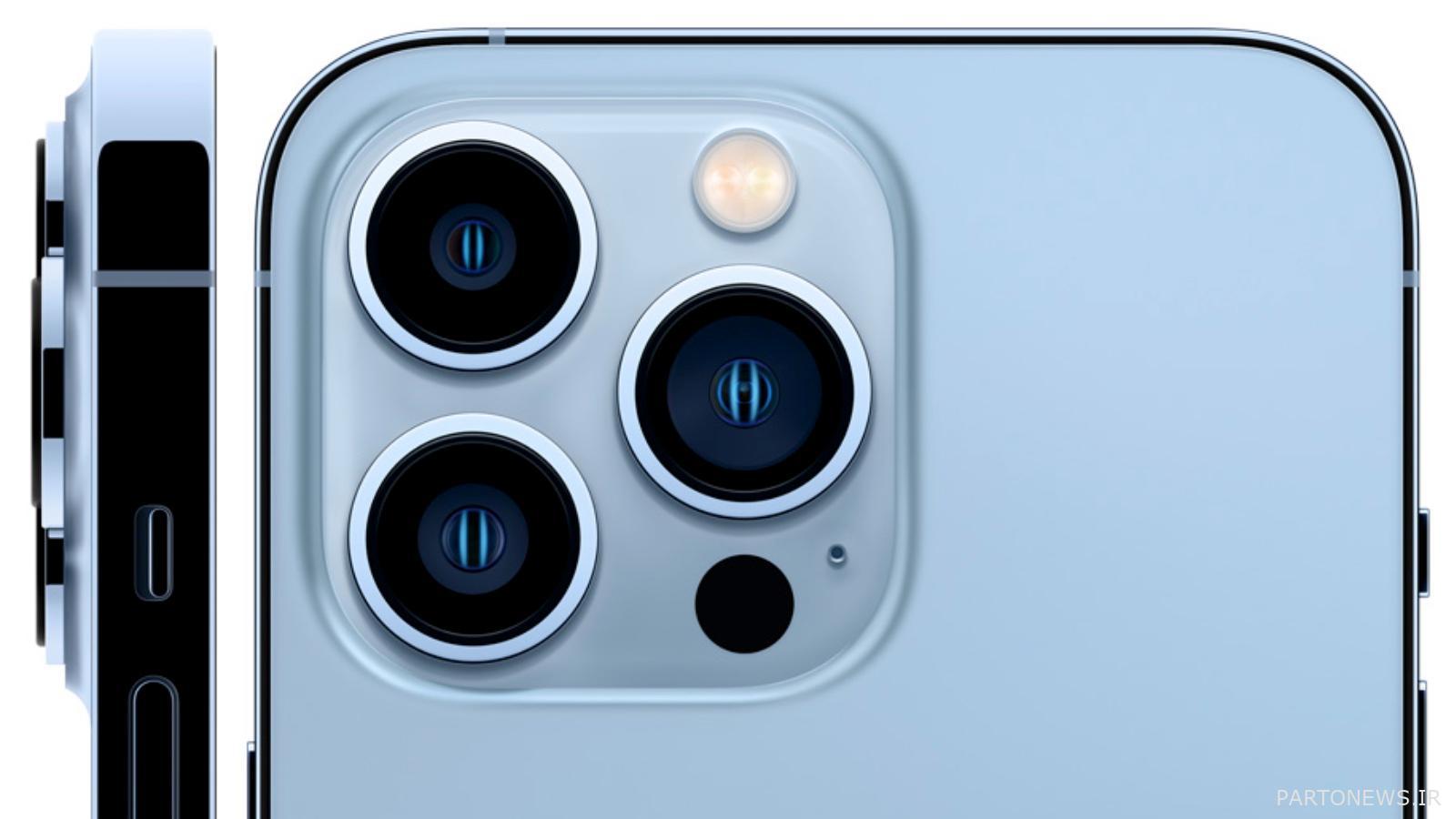
However, using a 48 megapixel camera requires a lot of CPU power, as larger and faster paths are required for Video signal processor you have. The image processor must be able to handle four times as many pixels, or the latency will increase four times.
Modern smartphones combine multiple scenes with different exposures and with the help of machine learning They will give you the best output. Some steps of doing this can be done at lower resolutions, but some should be done at the full 48MP resolution for best results.
In other words, this new camera probably needs a more powerful image signal processor and neural engine. Plus, it’s obvious that Apple mode Cinematic Mode will also improve This mode is currently limited to 1080p, but if you go to 4K It requires more processing power. Optimizing other features such as Bokeh effect Or Tracking objects They are among the things that are not available without upgrading the processor power.
On the other hand, video encoding and decoding is very important. Apple’s latest video processors support HEVC and ProRes, but with newer codecs AV1 are not compatible This codec can significantly reduce the file size while maintaining the quality of the videos. Given that the Cupertinos were one of the first companies to offer support for HEIC images and HEVC videos, will AV1 support be added to the iPhone 14 Pro?
LPDDR5 RAM
Last year, some people believed that Apple would abandon LPDDR4x and go for LPDDR5. But that did not happen. But MacBook Pro with M1 Pro and M1 Max, MacBook Air with M2 and Mac Studio with M1 Ultra were equipped with this memory. Can we finally see the use of this memory in iPhones? Probably yes. Supply chain analyst Ming-Chi Kuo says Cupertino’s LPDDR5 memory for iPhone 14 Pro models Order have given.

Migrating from LPDDR4x RAM to LPDDR5 approx 50% memory bandwidth and will have a positive effect on energy consumption. This technology may not only increase the processing speed, but it allows the system to have more bandwidth for 3D graphic processing and image or video processing.
Snapdragon X65 modem on A16 chip
Cellular modems are not part of the A16 chip itself, but are integrated with the chipset and will be essential for the iPhone. Apple has been trying to produce its own 5G modem for iPhones for years, but new rumors suggest that the product is yet to arrive. Not ready for release.
So we expect iPhone 14 Pro (and possibly iPhone 14) to use Snapdragon X65 modem. According to Qualcomm, the main development in this modem is related to Energy consumption and reliability Is. This modem has increased its theoretical maximum speed and made it to 10 Gbps reached, but it is unlikely that the existing 5G networks in the world can reach such a speed. In addition, the modem is said to be able to maintain its connection with signals better than before, which is expected to improve the overall performance of phones and in less-than-ideal conditions. battery Consume less.
Different sources do not agree about the release date of Apple’s dedicated modem for iPhone. Some say this modem in the year 2023 It will come to the market, but some people believe that the delays caused the release of this device A few more years be postponed Whatever the answer to this question is, we will certainly not see Apple’s 5G modem on the iPhone 14 series this year.

